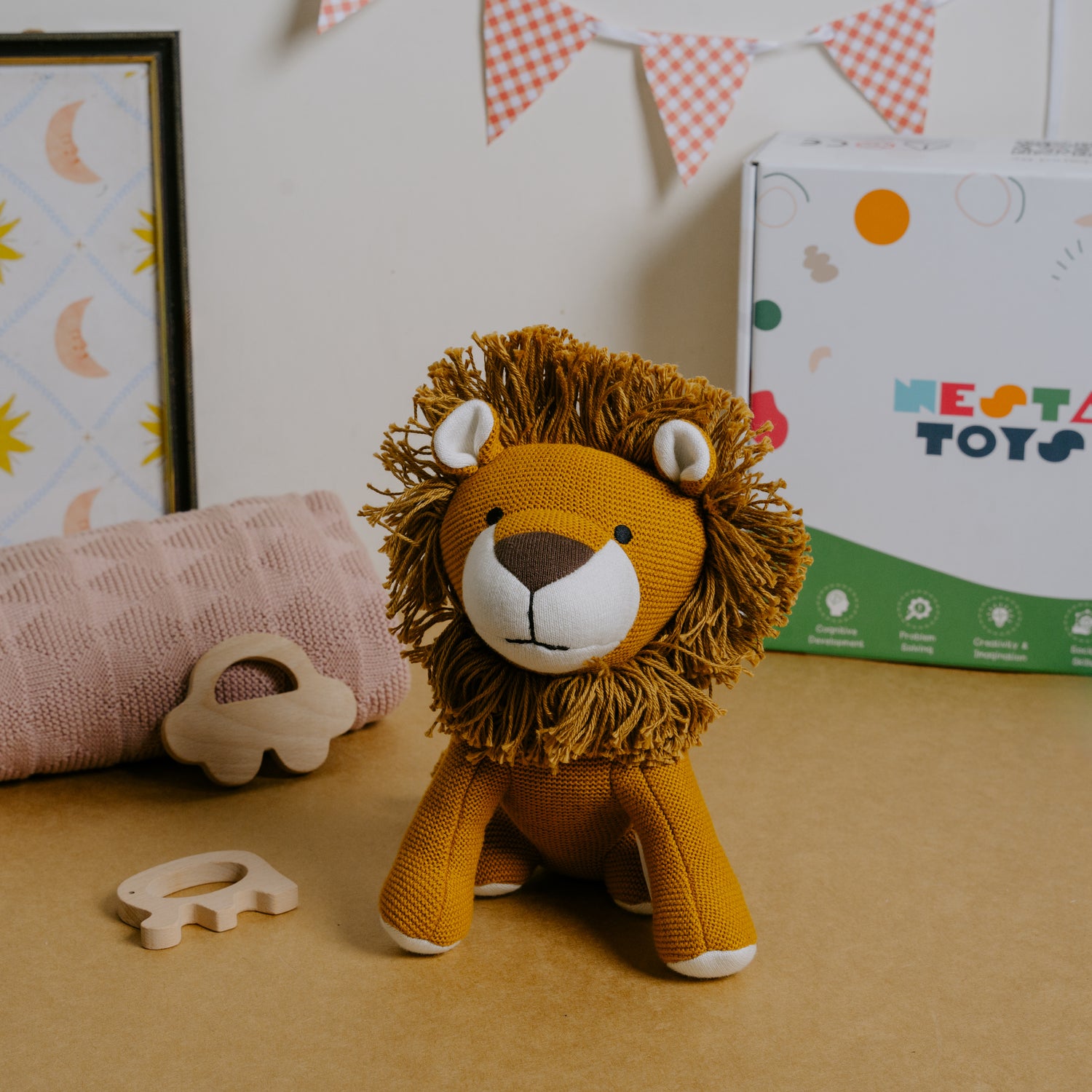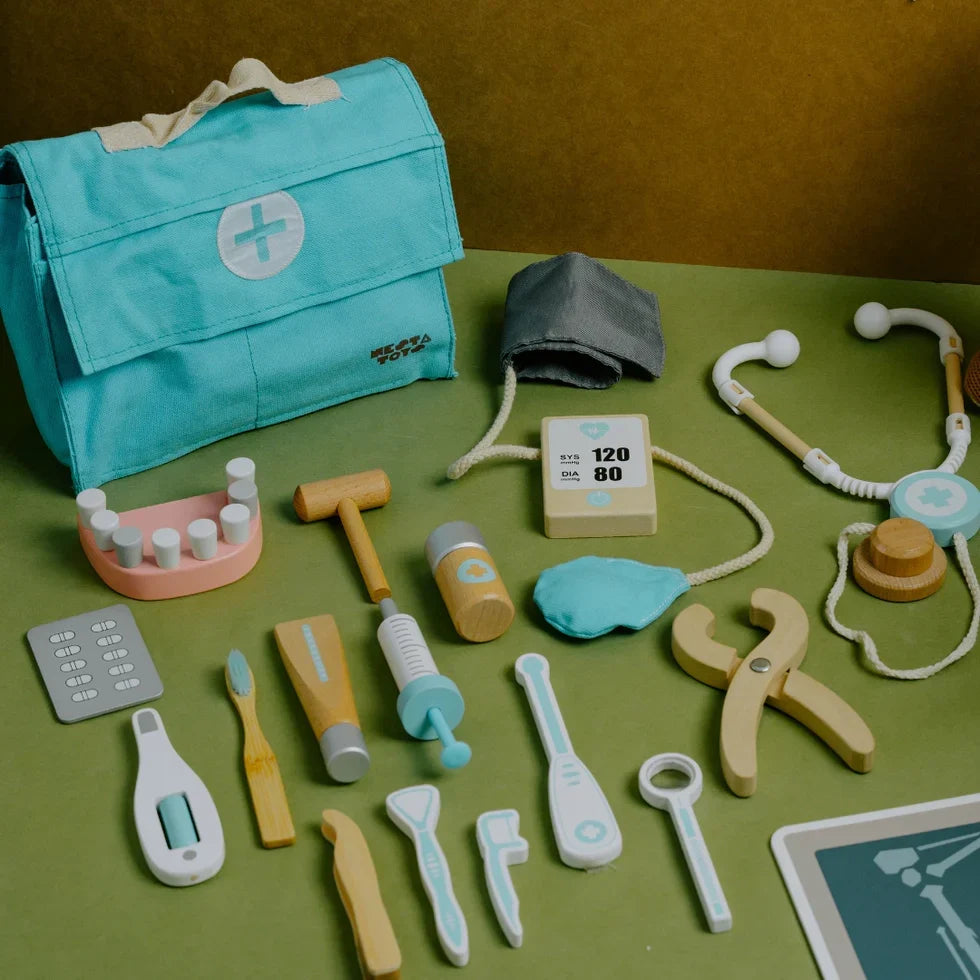Aim: Trinomial Cube Activity
- To build the cube and refine visual discrimination.
- To provide indirect preparation for mathematics.
Description: Trinomial Cube Activity
The Trinomial Cube is a Montessori material that consists of a box containing three primary cubes—red, blue, and yellow. Each cube is paired with six prisms, each of which has at least one face that matches the color of the cube. Additionally, there are six rectangular black prisms. Together, these pieces combine to create a three-dimensional representation of the algebraic expression (a + b + c)³.
The lid of the box showcases a pattern that matches the cube's face, and intriguingly, any face of the constructed cube mirrors this pattern. After familiarizing themselves with the Binomial Cube, the child is then introduced to the Trinomial Cube for further exploration.
The activity begins with the child carefully dismantling the cube and organizing the cubes and prisms on a felt mat. The child is then guided through the process of reconstructing the cube inside the box, starting with the red cube, which is placed in the far corner. Using the other cubes and prisms, the cube is systematically built based on their color, dimension, size, and shape.
Once the cube is fully constructed, the child is encouraged to disassemble and reconstruct it multiple times, reinforcing their understanding of spatial relationships, patterns, and logical sequencing. This hands-on activity nurtures fine motor skills, logical thinking, visual discrimination, and an appreciation for three-dimensional structures.
Suggested At-Home Activities:
- Cube Building with Blocks: Provide small building blocks such as wooden blocks or LEGO bricks of various sizes and colors. Guide the child to create their version of the Trinomial Cube by following the structure of the original material. This activity enhances spatial reasoning, fine motor skills, and creativity.
- Paper Folding and Origami: Provide the child with colorful construction or origami paper. Teach them how to fold the paper to create cubes and rectangular prisms. These shapes can then be arranged and stacked to replicate the Trinomial Cube. This activity develops geometric understanding, fine motor precision, and spatial visualization.
- Color and Shape Sorting: Gather household items or toys (e.g., blocks, beads, or buttons) of different shapes, sizes, and colors. Ask the child to sort them by size, color, or shape, then arrange them into patterns or structures inspired by the Trinomial Cube. This encourages classification skills and pattern recognition.
- Trinomial Cube Puzzle Drawings: Provide graph paper and colored pencils. Encourage the child to draw the patterns seen on the cube’s faces. This activity helps with recognizing patterns and strengthens visual-spatial memory.
- 3D Model Crafting with Recycled Materials: Use empty boxes, cartons, or bottle caps to create cubes and prisms of different sizes. Guide the child to arrange them to mimic the Trinomial Cube. This fosters problem-solving and promotes an understanding of 3D geometry.
- Interactive Story Play: Incorporate a storytelling element by imagining that each cube and prism is part of a "city" being constructed. The child can assign roles or functions to each piece as they build the structure. This combines imagination with spatial learning.
Conclusion
The Trinomial Cube activity provides a multi-sensory and engaging experience for children, blending tactile, visual, and logical learning. It lays the foundation for mathematical concepts such as algebra while refining fine motor skills and spatial reasoning. By extending the learning to at-home activities, children can deepen their understanding, apply creativity, and build a strong base for future academic exploration.









